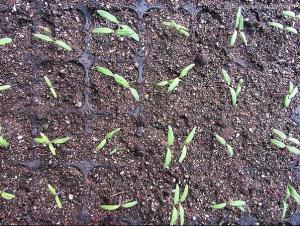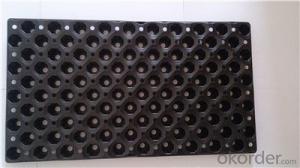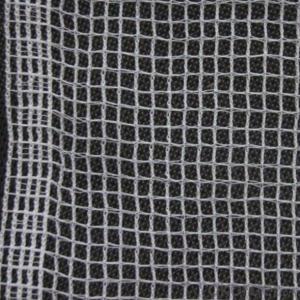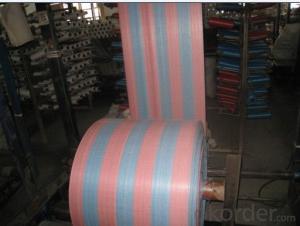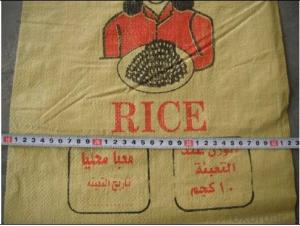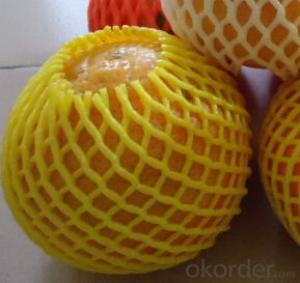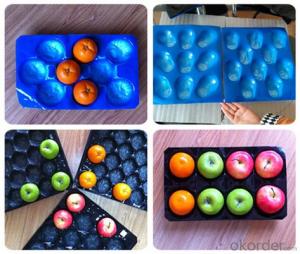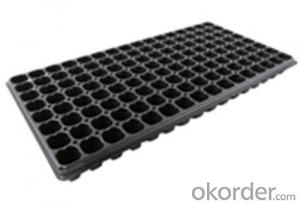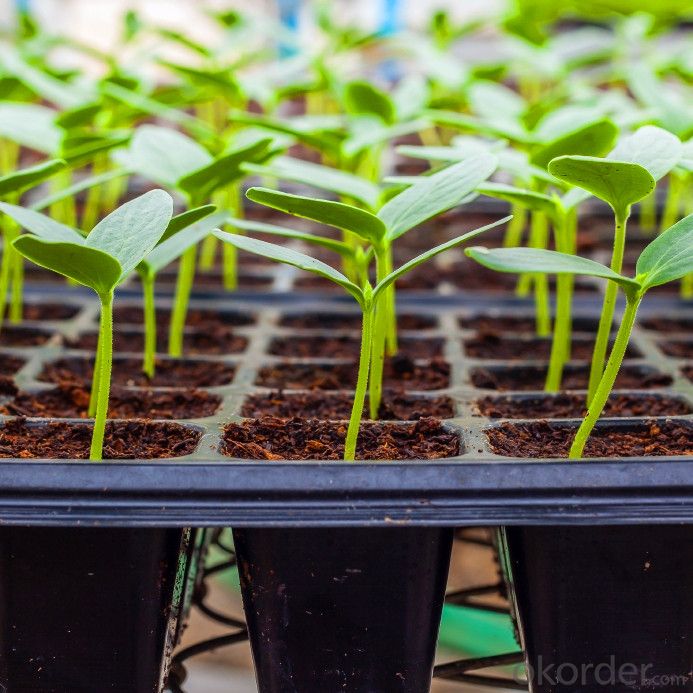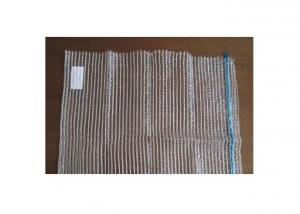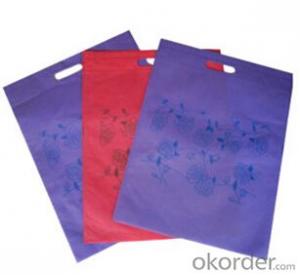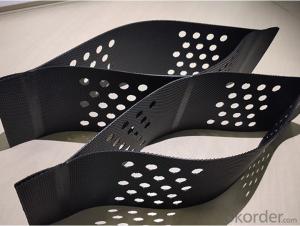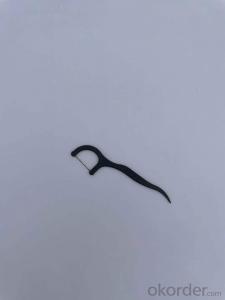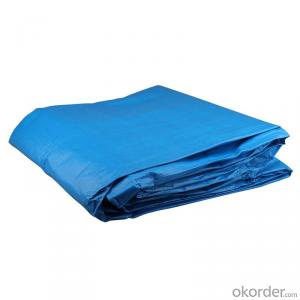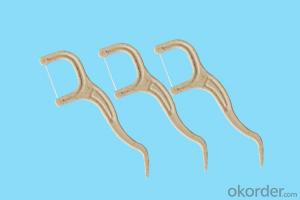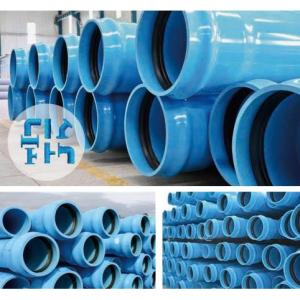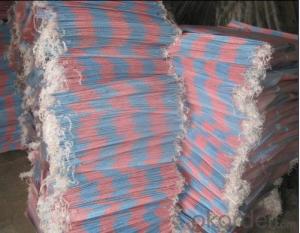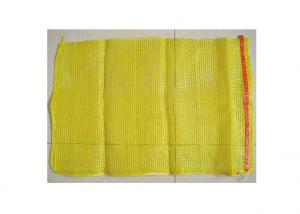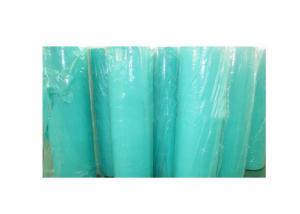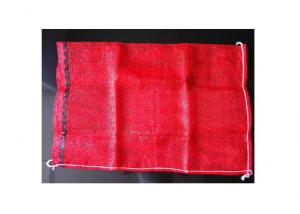Plastic Seedling Tray / Nursery Tray / Plastic Seed Tray
- Loading Port:
- China main port
- Payment Terms:
- TT OR LC
- Min Order Qty:
- 1000 pc
- Supply Capability:
- 10000000 pc/month
OKorder Service Pledge
OKorder Financial Service
You Might Also Like
Structure of the seed tray: · Top quality and competitive price. · Variety design and good appearance. · Easy to use, and remove. · Durable and reusable. · Eco-Friendly.
Advantages: · Top quality and competitive price. · Variety design and good appearance. · Easy to use, and remove. · Durable and reusable. · Eco-Friendly.
Application: · Ideal for Starting seeds and Transplanting Seedling. · Suitable for both manual and automatic planting. · Suitable for Propagating Vegetables, Flowers and other plant from seed · in green-house or indoors.
Description Main Features of the seed tray: · Ideal for Starting seeds and Transplanting Seedling. · Suitable for both manual and automatic planting. · Suitable for Propagating Vegetables, Flowers and other plant from seed in green-house or indoors. Using time: · thickness of 0.5mm can be used 1 to 2 times. · thickness of 0.6mm can be used 3 to 4 times. · thickness of 0.7mm can be used 5 to 6 times. · thickness of 0.8mm can be used 7 to 8 times. · thickness of 0.9mm can be used 8 to 9 times. · thickness of 1.0mm can be used 8 to 10 times. Thickness vs. Weight: · Thickness of trays are from 0.5mm to 1.0mm. · 1.0mm: 155g±5g; 100pcs/ctn. · 0.9mm: 140g±5g; 120pcs/ctn. · 0.7mm: 110g±5g; 150pcs/ctn. · 0.6mm: 95g±5g; 180pcs/ctn. · 0.5mm: 80g±5g; 200pcs/ctn.
Seed Tray Specification: Materialps/pvcThickness0.5mm-1.5mm, standard:1mmWeight80g(±5)g-230g(±5)g, Standard weight:155g(±5)gSizelength:490mm-540mm, width:190mm-345mm,depth:25mm-150mm Standard:54mmX28mmCell count18-512Packagein cartonUsing time8-10 times
FAQ: Q:How Can I Get A Sample? A:You can get samples by communicate with our export sales. Q:How Long Is Delivery? A:Delivery time will be 7-25 days according to order quantity. Q:What Is The MOQ? A:Our MOQ is 1*20FT container quantity, allow to mix several items. Q:What Is Our Normal Payments Terms? A:Our normal payment terms now is T/T, L/C or Western Union,Papal. Q:How Do I Order Your Products? A:You can check our website for any items you interest and you can also get communication with our export sales and order for it accordingly. Q:What Kinds Of Material We Use In Our Product? A:Our plastic flower pots use material such as PP polymer or PE polymer.
|
- Q:Are there any types of frictionless plastics? If you slide your finger across the surface of an Apple iMac you will get the feeling that your finger is quot;electrifiedquot; and floating. In other types of plastics you get the feeling that your finger is quot;stickyquot; (like touching glue).
- ultra high molecular weight polyethylene with the trade name of P-Tex is getting fairly close to a frictionless plastic. It also has very high strength compared to other plastics and, due to both characteristics, is commonly used to surface skis and sled runners. This material is often white in color and can be found in some hardware stores. Polycarbonate under the trade name Lexan would also have relatively low friction (and high strength).
- Q:How can I judge that a plastic surgeon is trustable? Are there other factors than his board certification and experience?
- Of okorder relevant. We enquired the patients there and they were satisfied with the results. Finally, the surgery was undergone and his face looks better than before. I suggest, have a detailed research before choosing a surgeon since it’s the matter of your health and appearance.
- Q:How does agricultural plastic affect crop nutrient uptake?
- Agricultural plastic can have both positive and negative effects on crop nutrient uptake. On one hand, plastic mulches can help conserve soil moisture, regulate soil temperature, and suppress weed growth, leading to improved nutrient availability and uptake by crops. Plastic mulches can also reduce nutrient leaching and evaporation, allowing plants to efficiently absorb and utilize nutrients. On the other hand, improper disposal of agricultural plastic, such as plastic films or irrigation tubing, can lead to environmental pollution and negative impacts on crop nutrient uptake. Plastic debris can accumulate in the soil, obstructing root growth and reducing nutrient absorption. Additionally, certain types of plastic may release harmful chemicals or substances into the soil, which can negatively affect crop health and nutrient uptake. Therefore, while agricultural plastic can offer some benefits in terms of crop nutrient uptake, proper management and disposal practices are crucial to minimize any potential negative impacts and ensure sustainable agricultural practices.
- Q:Can agricultural plastic products be used for windbreaks?
- Yes, agricultural plastic products can be used for windbreaks. Agricultural plastic films, such as polyethylene or polypropylene, can be installed as windbreak barriers to protect crops, livestock, or structures from strong winds. These plastic products are durable, easily installed, and provide effective wind protection, making them a popular choice for farmers and agricultural purposes.
- Q:How are plastic bird nettings used in agriculture?
- Plastic bird nettings are commonly used in agriculture to protect crops and fruits from bird damage. These nettings are installed over the plants or trees, creating a physical barrier that prevents birds from accessing and feeding on the produce. The nettings are lightweight, durable, and have small enough mesh sizes to prevent birds from getting entangled. They are an effective and environmentally-friendly solution to reduce crop loss caused by birds, allowing farmers to maximize their yields.
- Q:How are plastic seedling trays sterilized for disease control?
- Plastic seedling trays are commonly sterilized for disease control through various methods, such as heat treatment, chemical sterilization, and ultraviolet (UV) light exposure. Heat treatment involves subjecting the trays to high temperatures, typically through steam or boiling water, to kill any pathogens or disease-causing organisms present. Chemical sterilization involves using disinfectants or sterilizing agents to eliminate potential pathogens on the trays. Lastly, UV light exposure can be used to disinfect the trays by killing bacteria, fungi, and other microorganisms. These sterilization methods help ensure disease-free seedlings and promote healthy plant growth.
- Q:Can ground cover plants be used to cover bare patches in a flower bed?
- Yes, ground cover plants can be used to cover bare patches in a flower bed. They are excellent for filling in gaps between other plants, preventing weed growth, and providing a beautiful, low-maintenance ground cover.
- Q:How many trays can fit on a standard greenhouse bench?
- The number of trays that can fit on a standard greenhouse bench depends on the dimensions of the bench and the size of the trays being used.
- Q:What are the different types of agricultural plastic labels and tags?
- There are several different types of agricultural plastic labels and tags used in the industry. These include seedling labels, nursery tags, plant markers, livestock tags, and irrigation labels. Each type serves a specific purpose in identifying and organizing agricultural products and practices.
- Q:Can nursery trays be used for starting groundcover seedlings?
- Yes, nursery trays can be used for starting groundcover seedlings.
1. Manufacturer Overview |
|
|---|---|
| Location | |
| Year Established | |
| Annual Output Value | |
| Main Markets | |
| Company Certifications | |
2. Manufacturer Certificates |
|
|---|---|
| a) Certification Name | |
| Range | |
| Reference | |
| Validity Period | |
3. Manufacturer Capability |
|
|---|---|
| a)Trade Capacity | |
| Nearest Port | |
| Export Percentage | |
| No.of Employees in Trade Department | |
| Language Spoken: | |
| b)Factory Information | |
| Factory Size: | |
| No. of Production Lines | |
| Contract Manufacturing | |
| Product Price Range | |
Send your message to us
Plastic Seedling Tray / Nursery Tray / Plastic Seed Tray
- Loading Port:
- China main port
- Payment Terms:
- TT OR LC
- Min Order Qty:
- 1000 pc
- Supply Capability:
- 10000000 pc/month
OKorder Service Pledge
OKorder Financial Service
Similar products
New products
Hot products
Hot Searches
Related keywords
